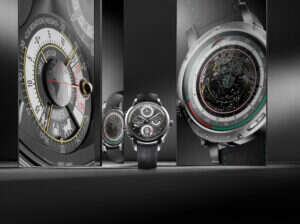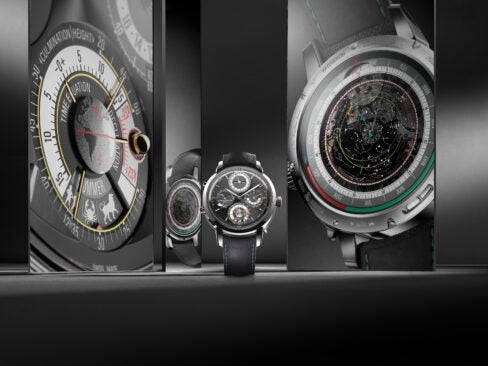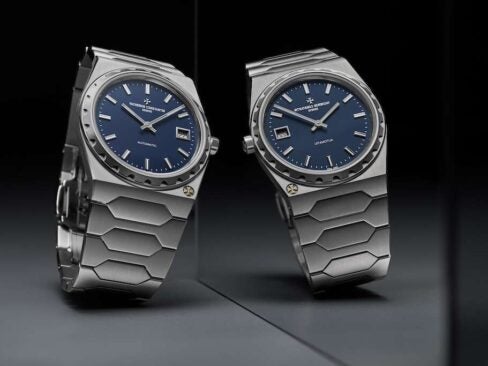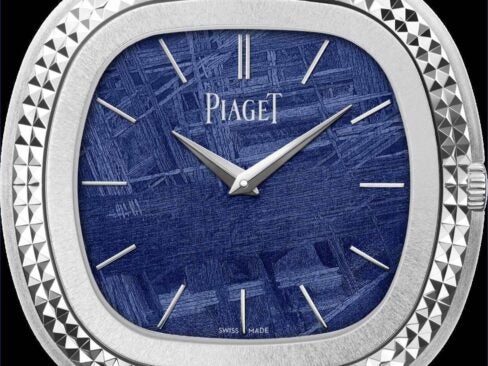
In this high-tech world we live in, vintage crafts are experiencing a nostalgic revival among those who prize handcrafted, unique objects. in wristwatches, the fine art of Guilloché began to experience an extreme resurgence as the period known as the mechanical renaissance got underway in the late 1980s.
After decades of industrialized watchmaking, during which machine-made components dominated, this era saw luxury watches once again displaying the handmade crafts with which they gained their deluxe status.
Fortunately, there were still a handful of artisans left in switzerland after the so-called quartz crisis had ended. They are now able to pass on the craft as well as practice it on select unique, luxurious wristwatches. Georges Brodbeck is one such artisan. In a little workshop in saignelégier, Brodbeck works on a total of 26 different guilloché machines. The oldest one he owns dates to 1770.
Having studied precision mechanics, Brodbeck worked for the premier dial suppliers to the watch industry as a mechanics employee and toolmaker for more than 30 years before changing course to practice this noble art himself six years ago. “To become a good guillocheur, you have to be a good mechanic,” explains jacky Epitaux, cEo of boutique brand Rudis Sylva, one of Brodbeck’s clients. “you have to know how the machines are going to react.”
Epitaux, who was born and raised in the same region, has known Brodbeck for a long time. The local watchmaking school in La chaux-de-Fonds, fondly called the “Technicum” by locals, is where Brodbeck studied precision mechanics. “He’s a pope,” Epitaux exclaimed when I conversationally asked about Brodbeck’s skills at his former profession. “It was said he could disassemble and reassemble his motorcycle during school break.”
To begin his second career, Brodbeck first had to round up the vintage guilloché machines. He bought them in Germany, France, England and even one in Denmark. It took him about 15 years, but Brodbeck has been able to restore them for use. Luckily for him, as a specialist in precision mechanics he is able to remake parts that break from time to time or that were completely missing to begin with, as they can no longer be sourced.
Brodbeck can apply guilloché to a number of materials and surfaces, but the most common ones these days are gold, brass, silver, platinum and mother-of-pearl. It goes without saying that this requires a steady hand and plenty of touch. Using two types of machines, he can create a number of different patterns. The rose engine is used to create circular geometric patterns such as flinqué, while the straight-line cutter serves to create linear, parallel and crisscrossed patterns. Achieving just one guilloché part—whether it is a dial, rotor, bridge or movement component—can take between one and eight hours to complete.
At the beginning of the 20th century, there were approximately 1,500 guillocheurs in Switzerland’s Jura region alone. By the time the mechanical renaissance had begun in the late 1980s, there were perhaps five left. Today, the art only exists thanks to enterprising and passionate artists such as Jochen Benzinger in Germany and Georges Brodbeck in Saignelégier. Because the art of guilloché is often practiced in tandem with the art of engraving, the modern guillocheur has usually also learned the art of engraving—like in Benzinger’s case. Others have brought it back to luxury watchmaking as lateral entrants to the art—like Brodbeck.
Even though today there are several other ways to achieve the look of a guilloché dial, nothing will ever replace the liveliness, play of light and unique authenticity of a hand-guilloché dial.









